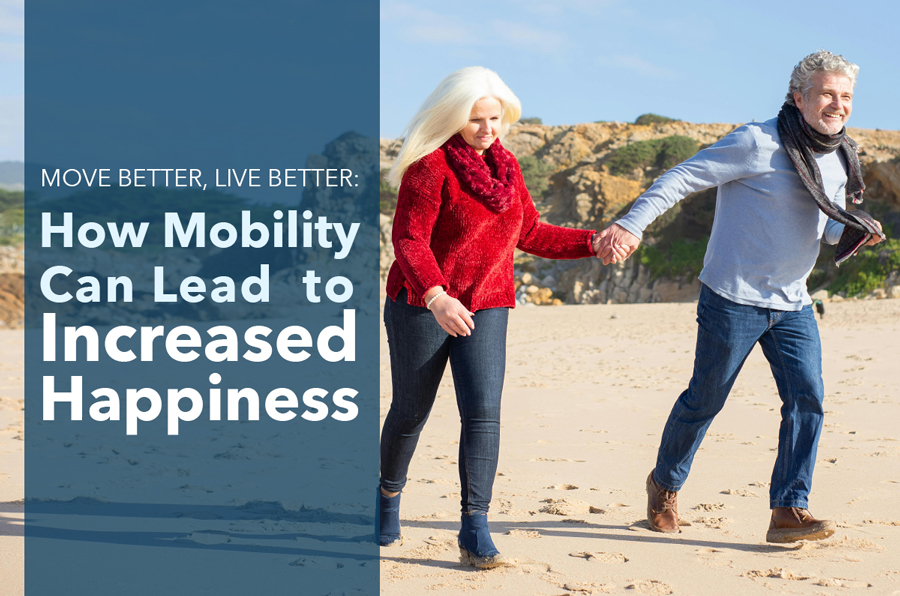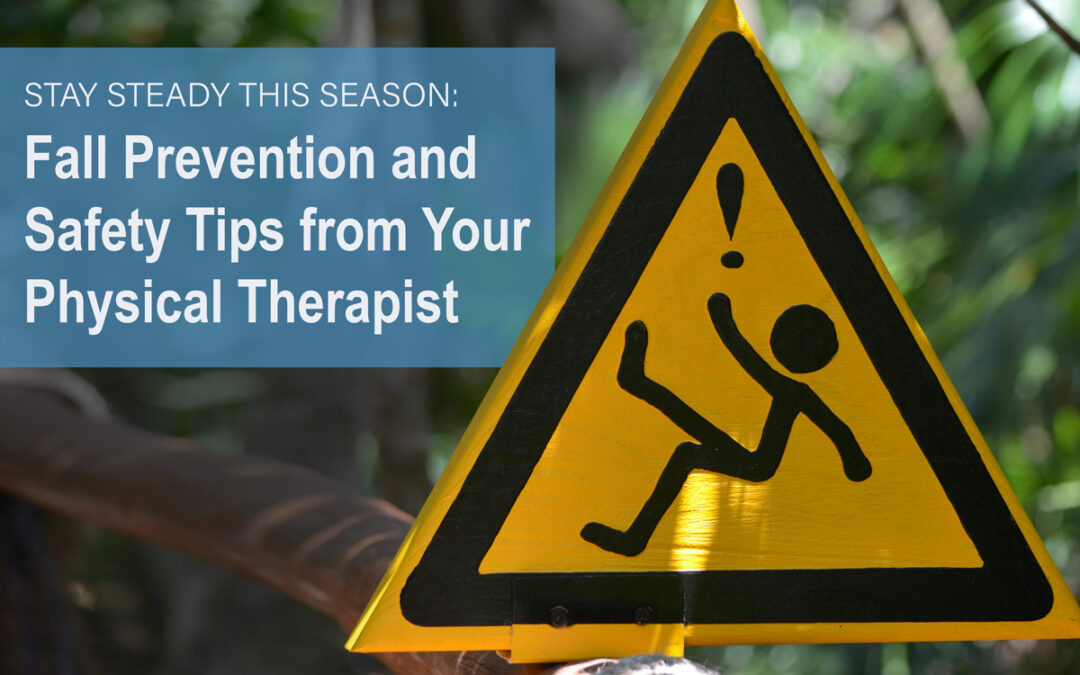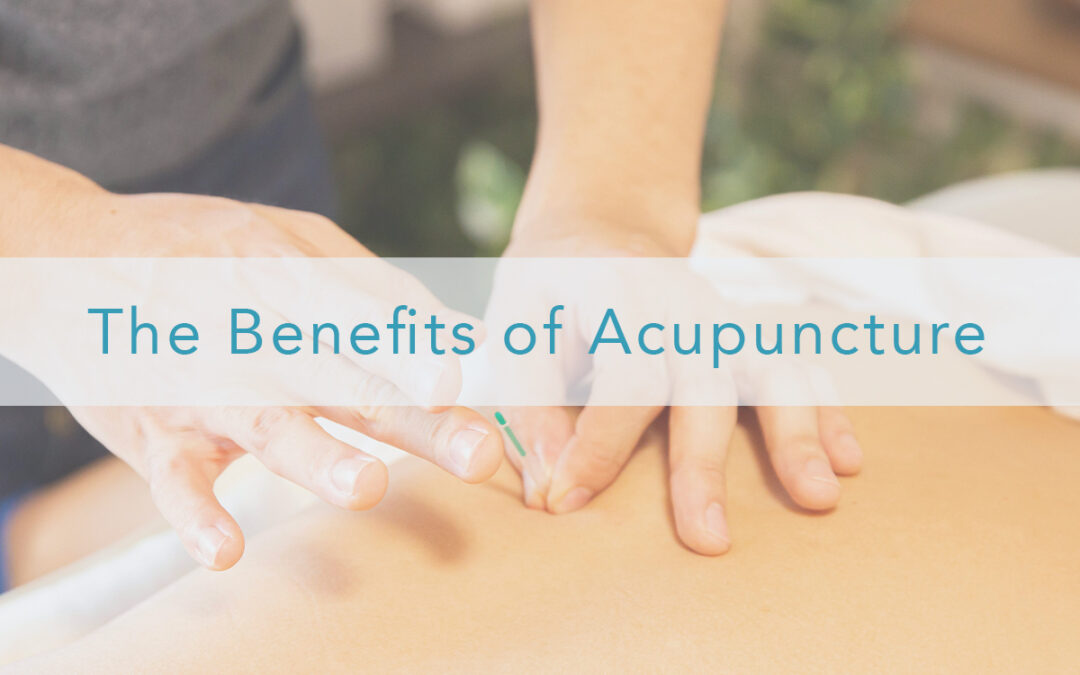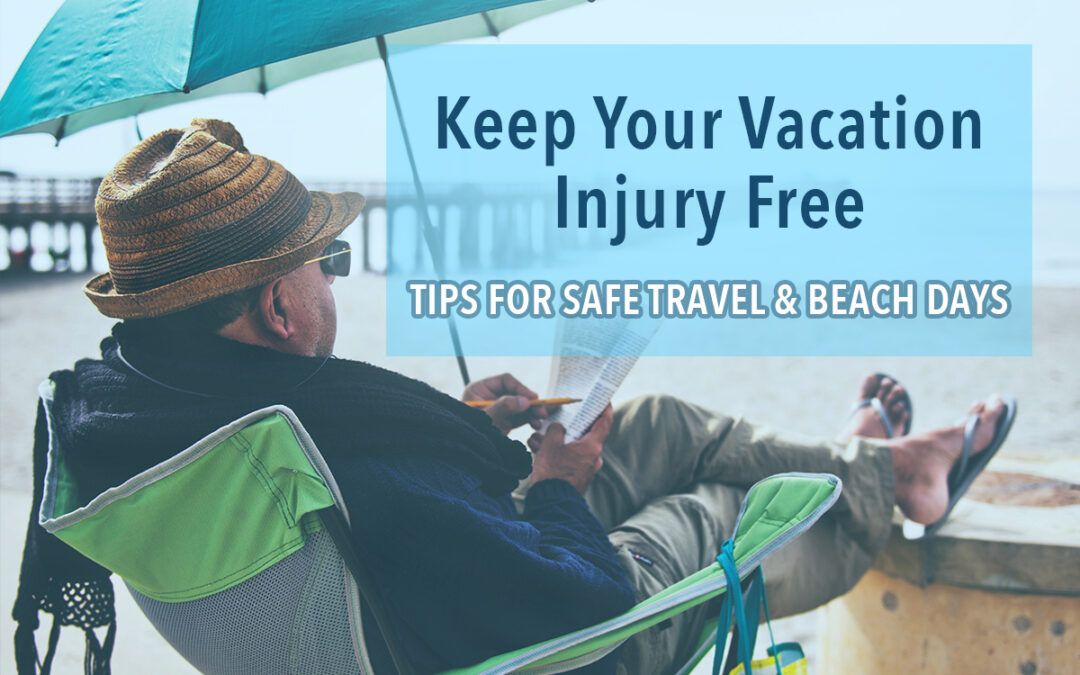
Move Better, Live Better: Why Mobility Matters More Than You Think
Move Better, Live Better:
How Mobility Can Lead to Increased Happiness
As the colder months arrive, many people notice more stiffness, less energy, and a dip in motivation. What often gets overlooked is how much the way you move influences how you feel: physically, mentally, and emotionally.
We believe movement is powerful medicine. You don’t need intense workouts or athletic goals to see the benefits. Even small improvements in mobility and strength can lead to a more energetic, confident, and fulfilling life.
Why Moving Better Makes Life Better
1. Movement Increases Daily Energy
When your joints move well and your muscles support you efficiently, everyday tasks feel easier—leaving you with more energy for what matters.
2. Mobility Builds Confidence
Walking, reaching, lifting, and bending comfortably can boost independence and confidence in your body. Better movement supports a more active and engaged life.
3. Strength Supports Long-Term Health
Strong, balanced muscles help protect your joints, improve stability, and reduce the risk of future injuries. Strength is one of the best tools for lifelong wellness.
4. Movement Supports Mental Well-Being
Gentle mobility work, stretching, and strength training can support mood, reduce stress, and improve sleep. Movement doesn’t have to be intense to be effective.
Everyone’s movement journey is different and physical therapy meets you exactly where you are. Whether you’re managing chronic pain or illness, recovering from injury, or simply wanting to feel better, movement can be adapted to fit your body and your goals. Even small wins matter!
As we head into the holidays and a new year, it’s the perfect time to invest in your movement, your well-being, and your long-term health. Because when you move better, you truly live better.
How Physical Therapy Can Help:
Physical Therapy can help you:
- Reduce stiffness
-
Improve mobility and flexibility
-
Build strength and stability
-
Restore balance
-
Move with more ease and confidence
Physical therapy isn’t just for injuries—it’s a proactive, evidence-based way to support your overall health and quality of life.





Recent Comments